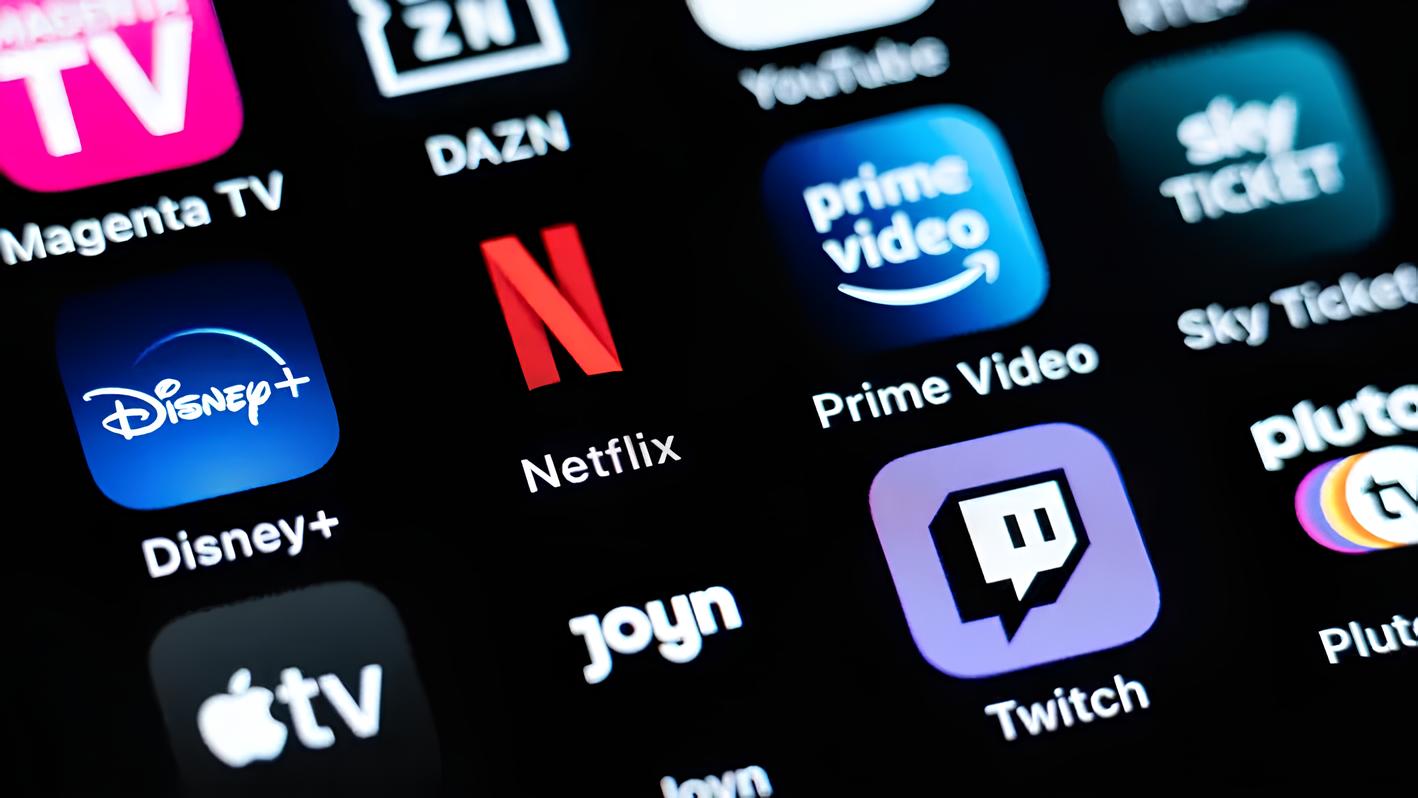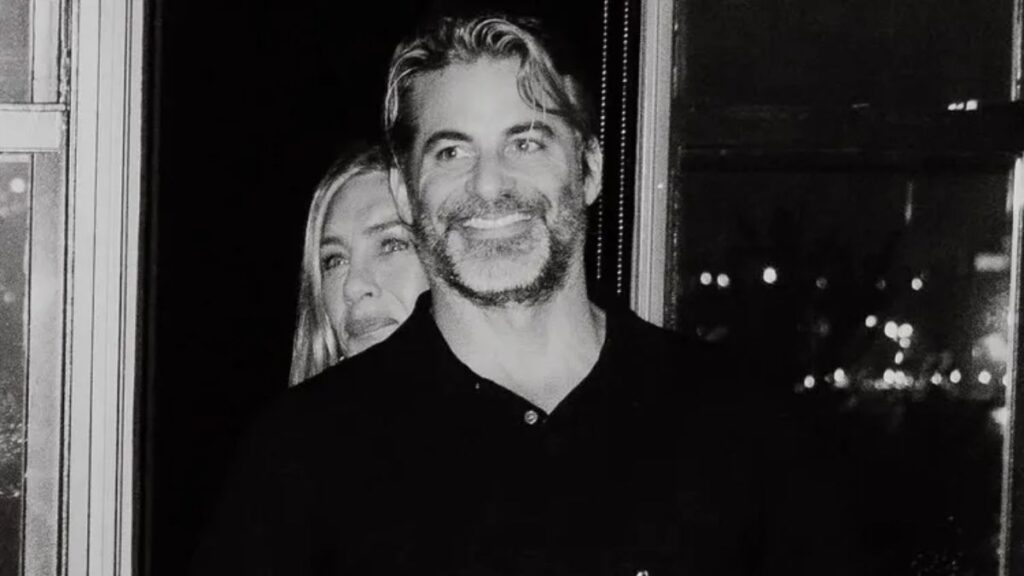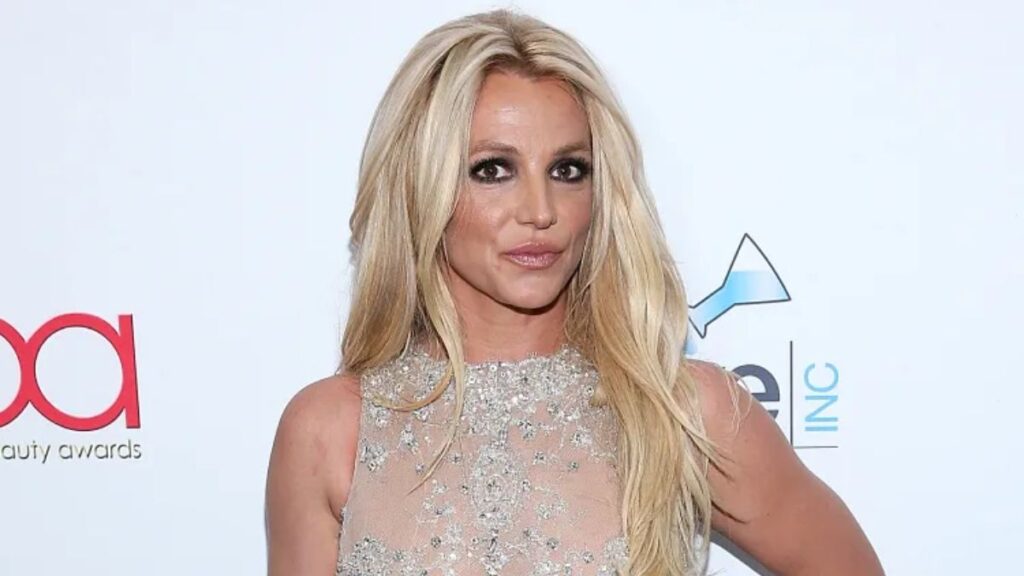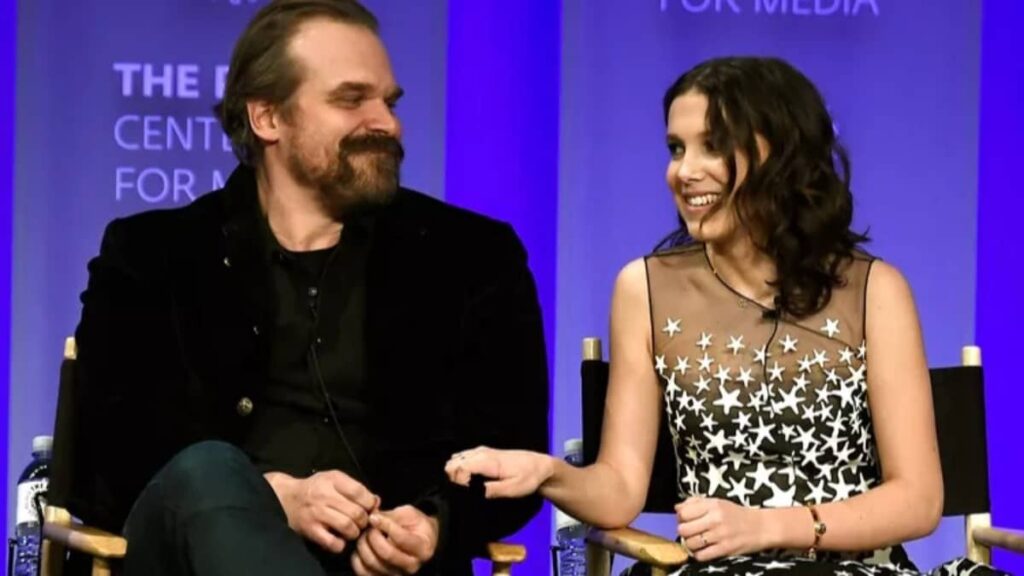When Netflix first emerged, it seemed like the end of overpriced cable TV packages, offering unlimited access to content for a flat monthly fee.
Gone were the days of rigid TV schedules and unnecessary channels, replaced by the freedom to stream on demand, without ads. But now, a decade later, that freedom is beginning to feel like a thing of the past.
Today, consumers are juggling multiple streaming subscriptions to access all the popular content, and their monthly bills are often rivaling what they used to pay for cable.
To address this, streaming services are now bundling together, offering packages that are starting to resemble the very cable model they once promised to disrupt.
The Rise of Streaming Bundles
As streaming platforms like Disney+, HBO Max, Hulu, and Apple TV+ grew, media giants began reclaiming content that was once available on Netflix.
The streaming landscape quickly became fragmented, with must-watch shows locked behind different paywalls. To make the experience more convenient, companies began offering bundles.
Disney’s discounted package includes Disney+, Hulu, and ESPN+. Amazon Prime now offers “Channels” for third-party services like Crunchyroll and Paramount+. Even Apple has entered the game with its Apple One plan, bundling Apple TV+, Apple Music, iCloud, and more.
The Catch of Bundling
While these bundles offer some savings, they also come with their own set of drawbacks. Consumers may pay for content they never use.
For example, a package that includes Disney+ might force you to pay for ESPN+ and Hulu even if those services don’t interest you. Once bundled, it becomes harder to drop individual services, as the “discount” seems too good to pass up.
Much like traditional cable TV, consumers now face a bloated experience with bundled services. Instead of a la carte options, they’re stuck with packages that offer a lot of content, but not necessarily the content they want.
Why Streaming Companies Like Bundles
For companies, bundling services helps pad subscriber numbers, reduce churn, and cross-promote content more effectively. It also allows them to mitigate market saturation. For example, if Disney+ isn’t growing fast enough on its own, bundling it with ESPN+ and Hulu helps keep subscriber numbers up.
Additionally, bundling allows companies to hide the declining engagement of smaller services, like Discovery+ or Peacock, by tying them to more popular platforms.
The Return of Live TV and Sports
Streaming services have yet to fully replace live TV, especially for fans of sports or local channels. To watch major sports leagues like the NFL or NBA, you still need multiple services, often at a hefty price. Services like YouTube TV and Sling TV offer live TV options, but these can be just as expensive as cable.
Streaming Is Becoming the New Cable
What was once marketed as the solution to cable’s issues now seems to be recreating those same problems. With rising subscription costs, bundles, and limited flexibility, the streaming landscape is starting to look like cable TV once again.
The promise of “cutting the cord” and only paying for what you want is slowly eroding, leaving consumers with fewer choices and higher costs.
For casual viewers, free ad-supported streaming platforms like Pluto TV and Tubi offer alternatives. But for fans of premium content and live sports, the streaming experience is beginning to feel a lot like the cable TV they once tried to escape.
Source: androidpolice.com





